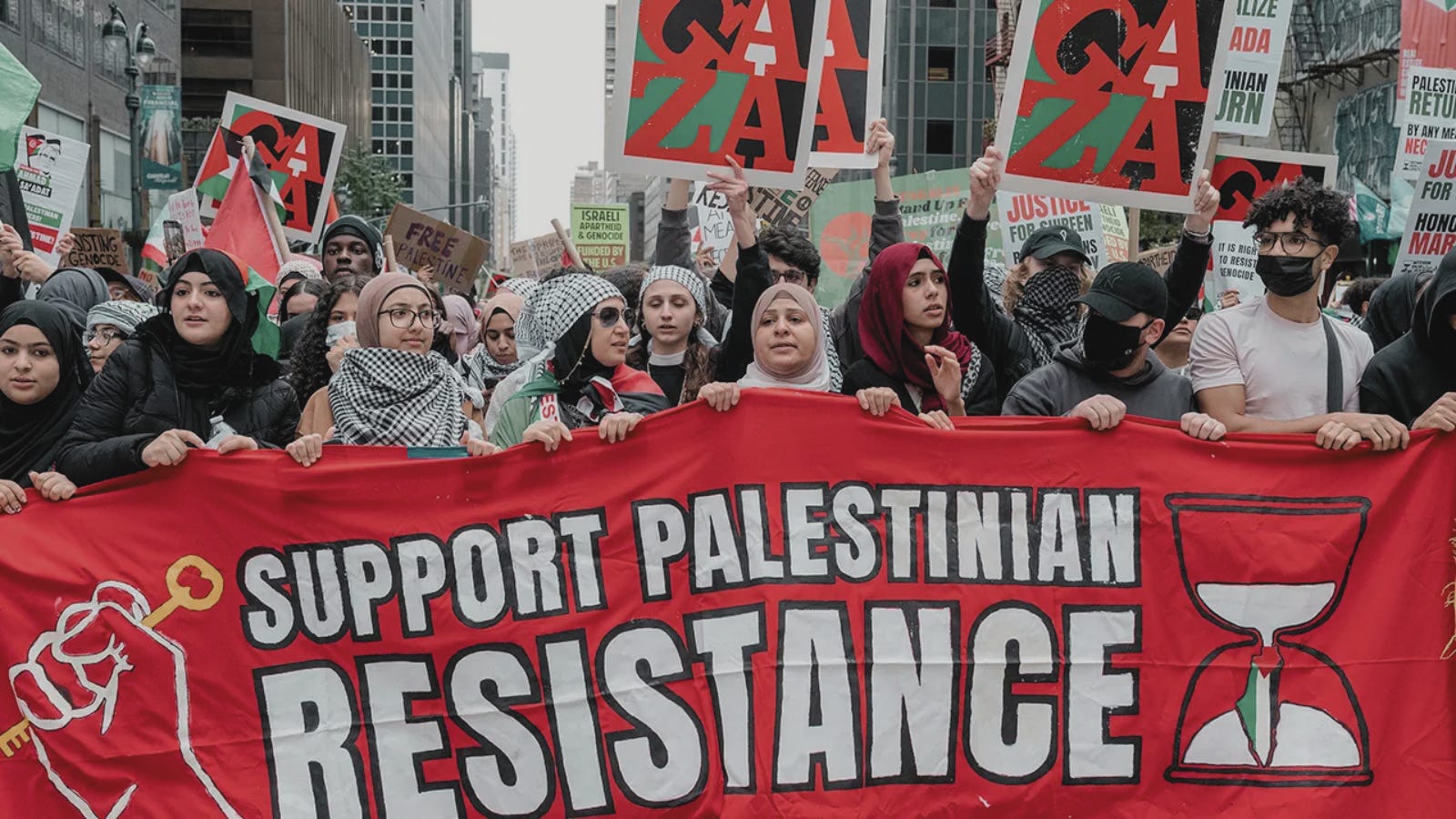From "Words Are Violence" to Actual Violence: The Anti-Semitic Terror Campaign Disguised as "Resistance"
When "resistance" becomes terror, the left’s antisemitism problem fuels violence against Jewish Americans, unchecked by a Democratic Party reluctant to confront its own base.
Paid subscribers get this full article now—it will be free to everyone in a week! Upgrade for early access and exclusive goodies.
This is Part II of my series examining America's emerging "assassin culture." Part I focused on the broader trend of political violence—this installment examines how that same toxic mindset has specifically targeted Jewish Americans under the banner of "resistance."
Remember when the biggest threat on college campuses was someone saying "America is a melting pot"? Those were simpler times.
This isn’t just about a few bad actors—it’s about a cancer that’s taken root in the left-wing base of the Democratic Party, where anti-Semitism now hides behind progressive slogans. Democratic leaders churn out polished condemnations of the violence, but they won’t name the rot within their own ranks. Their silence on this internal crisis isn’t just cowardice—it’s complicity. And the evidence is piling up.
I’ve been staring at my news feed for weeks now, watching a pattern so obvious it’s almost insulting to our collective intelligence. Molotov cocktails flying through windows. A Jewish couple gunned down outside museums. Elderly burned at community gatherings. And through it all, the same voices that spent a decade lecturing us about "violent speech" have gone mysteriously quiet about actual violence—when it’s targeting Jews.
Here's the uncomfortable truth no one wants to say out loud: we're witnessing the logical conclusion of years of rhetorical escalation, and Jewish Americans are paying the price. The same ideological movement that redefined microaggressions as violence has now embraced actual violence as "resistance"—but only when the victims are Jewish or support Israel's right to exist.
Even when they're literally calling for peace.
The Great Linguistic Heist: How We Got Here
Let's take a trip down memory lane, shall we? For nearly a decade, we've been told that words are weapons. The University of California system declared phrases like "I believe the most qualified person should get the job" to be microaggressions—actual violence against marginalized groups. Proposed trigger warnings for Shakespeare. Using someone's birth name became "deadnaming"—a violent assault on identity.
The list of verbal "violence" grew longer each year:
Questioning mask mandates? Violence against vulnerable communities.
Suggesting biological sex is real? Violence against transgender existence.
Staying silent during political movements? Violence through complicity.
Supporting merit-based policies? Violence against equity.
We had officially entered the Twilight Zone, where fabric choices and pronoun usage carried the moral weight of assault.
But here's what's fascinating: during this entire period of linguistic hysteria, the people being labeled as "violent" for their words were remarkably... non-violent. Conservative speakers like Ben Shapiro faced $600,000 security bills and physical threats while advocating for traditional values. Riley Gaines had to barricade herself in a room while protesters labeled her advocacy for women's sports as "violence."
Ironically, the real violence was happening to these speakers, while their accusers wielded actual intimidation tactics.
It was gaslighting on an industrial scale. And it was practice for what came next.
Want to keep reading? Paid subscribers get this full article now—it will be free to everyone in a week! So, if you have zero chill, upgrade for early access and exclusive goodies.



